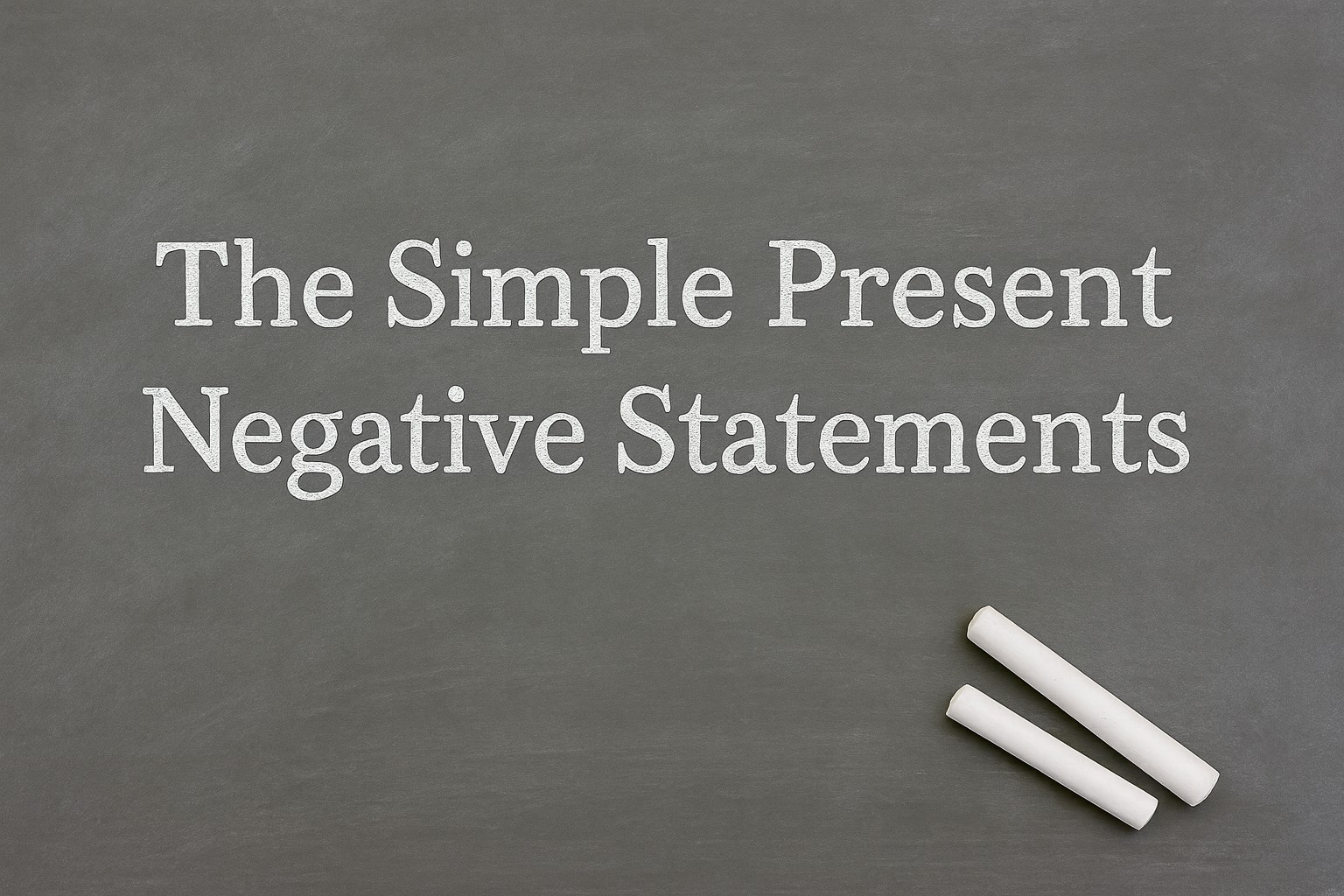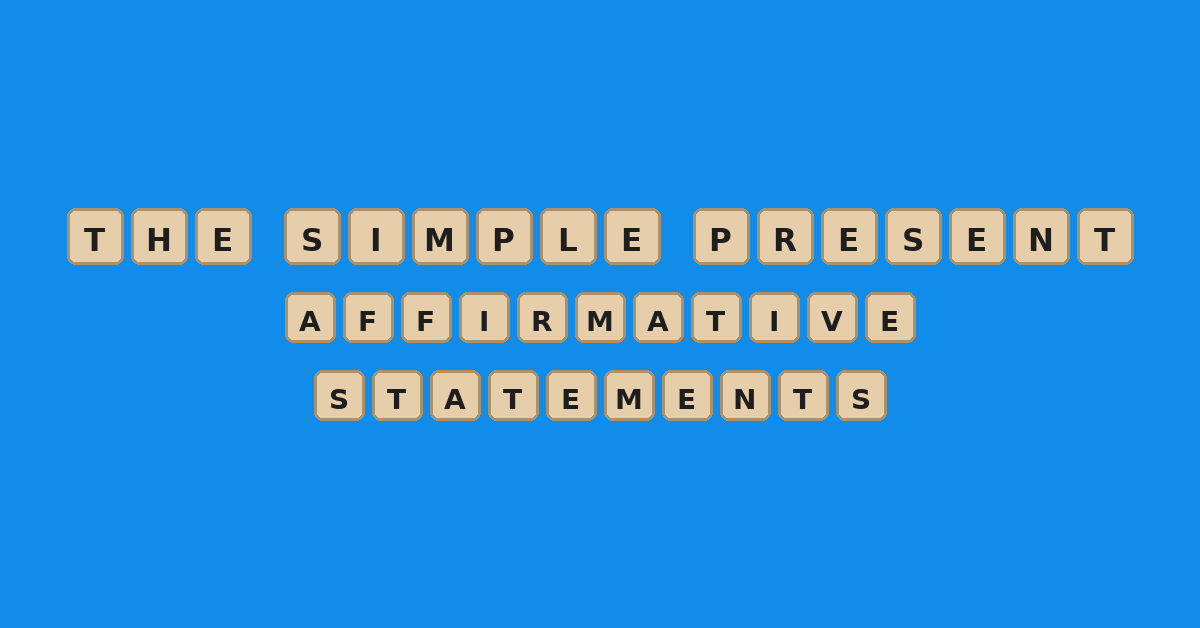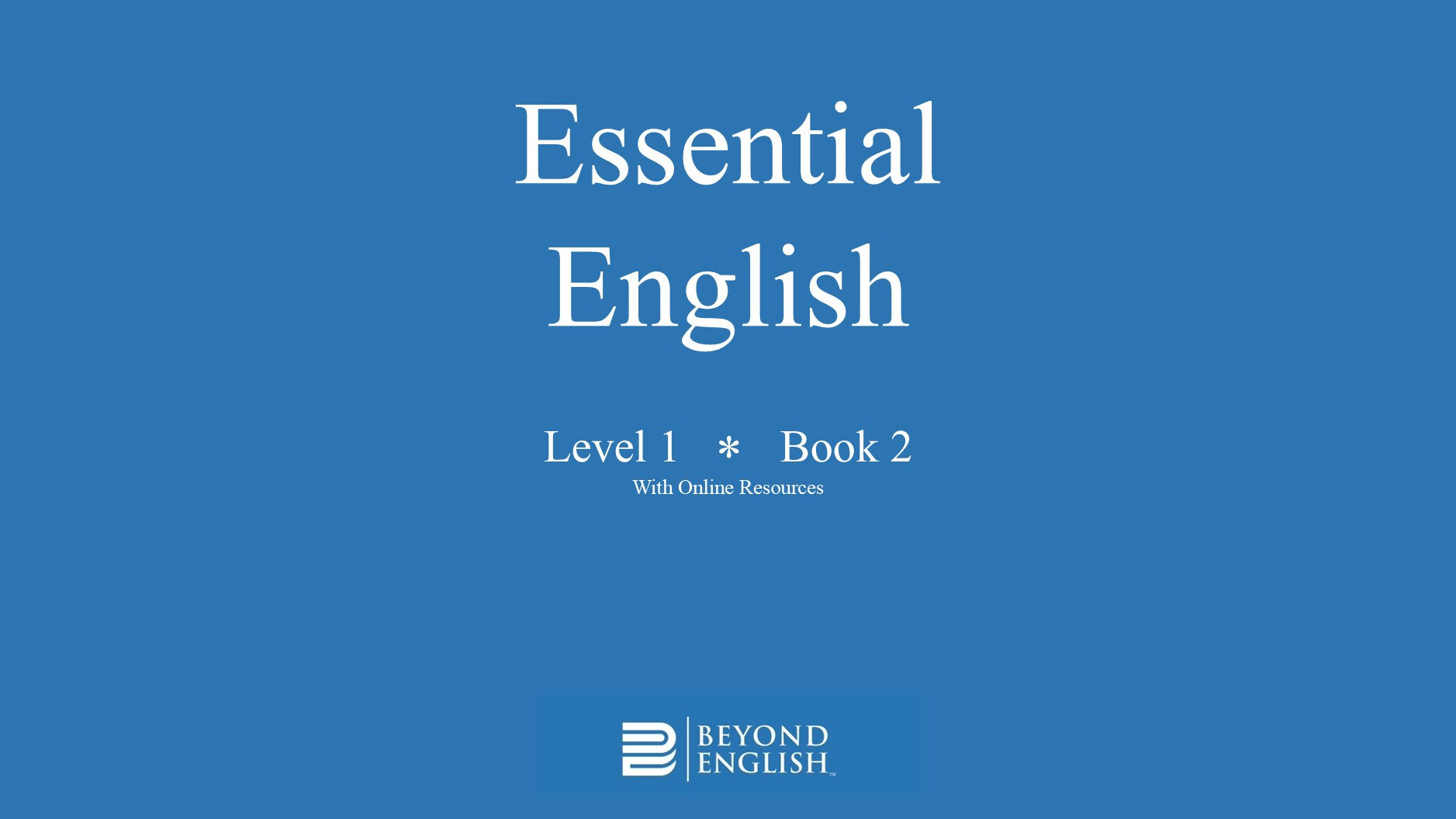What Are Negative Statements in English?
When you want to say something is not true in English, you use a negative statement.
Negative statements are very common. They help us talk about things that don’t happen, things we don’t have, or things that are not true.
Negative Statements with Be Verbs
If the verb is Be (am, is, are), add not after it.
✅ Examples
- I am not tired.
- He is not from Guatemala.
- She is not at school.
- It is not hot today.
- You are not a teacher.
- We are not in class right now.
- They are not friends.
- Karina is not sad.
- Regina and I are not in the library.
Contractions for Negative Statements
Contractions are very common in spoken English
There are two types of contractions for negative statements:
1. Contract the subject pronoun (or a singular noun) and the Be verb.
✅ Examples
- I’m not tired.
- He’s not from Guatemala.
- She’s not at school.
- It’s not hot today.
- You’re not a teacher.
- We’re not in class right now.
- They’re not friends.
- Karina’s not sad.
2. Contract the Be verb and not.
(Remember! You cannot contract am and not)
✅ Examples
- He isn’t from Guatemala.
- She isn’t at school.
- It isn’t hot today.
- You aren’t a teacher.
- We aren’t in class right now.
- They aren’t friends.
(Remember! You cannot contract a plural noun and the Be verb are)
Negative Statements in the Simple Present with Other Verbs
In negative statements, the verbs do and does are helping (auxiliary) verbs. They do not add meaning. They only help make the sentence correct.
Do and Does are used with a main verb in negative statements in the simple present.
⚠️ Important: After do not or does not, the main verb is always in the base form (no –s).
Subject-Verb Agreement
Do and Does have to ‘agree’ with the subject of the sentence.
1. Use do not (don’t) with the following subjects:
I
You
We
They
Plural Nouns
✅ Examples
- I don’t like pizza.
- You don’t speak French.
- We don’t have class on Monday. It’s a holiday.
- They don’t drive at night.
- The dogs don’t play in the mud after it rains.
2. Use does not (doesn’t) with the following subjects:
He
She
It
Singular Nouns
✅ Examples
- He doesn’t play soccer.
- She doesn’t watch TV.
- It doesn’t snow in July in San Antonio.
- The teacher doesn’t give a lot of homework.
Common Mistakes in Negative Sentences
Remember! After do not (don’t)or does not (doesn’t), the main verb is always in the base form (no –s).
❌ He doesn’t plays soccer.
✅ He doesn’t play soccer.
❌ Regina doesn’t likes sushi.
✅ Regina doesn’t like sushi.
Quick Review of Negative Statements in the Simple Present
- With Be: Subject + Be verb + not
- With Other Verbs: Subject + don’t/doesn’t + base verb
Let’s Practice!
A. Affirmative or Negative?
Look at these sentences. Which are negative statements?
- You play soccer very well.
- She plays the guitar.
- They don’t like coffee.
- I live in Texas.
- He is the best teacher in the universe!
- We don’t have class on Saturdays.
B. Fill in the Blank
Use the verb in (parentheses) to make a negative statement. Use all possible contractions.
- I ________ (be) at home.
- She ________ (like) chocolate.
- Alejandra _____ (be) on vacation. She’s working.
- They ________ (be) in the classroom.
- He ________ (play) tennis.
- We ________ (watch) TV in the morning.
- You ________ (be) late. You’re on time!
- Maria ________ (speak) Japanese.
- The dog ________ (be) hungry.
- The students ______ (love) grammar class.
- It ______ (rain) much in August.
Scoring and Feedback
🔵 15 – 17 Correct
Excellent work! 🎉 You are ready to use the simple present in negative statements in your daily life. Keep using them in your everyday conversations and writing.
🟢 11 – 14 Correct
Good effort! ✅ You are on the right track. Review the ones you missed and keep practicing.
🔴0 – 10 Correct
No Worries! 🌱 You’re learning, and that’s what matters. Take a moment to review the examples and do the quiz again.
Want more reading, writing, listening, and speaking practice? Check out the Essential English series on Amazon!
Conclusion
Use the simple present every day when you talk about your life. Practice making negative statements about yourself, your family, and your routine. The more you practice, the easier it becomes! Subscribe for updated content from Beyond English!
Leave a comment below!
And remember . . . Practice . . . Practice . . . Practice!!!





